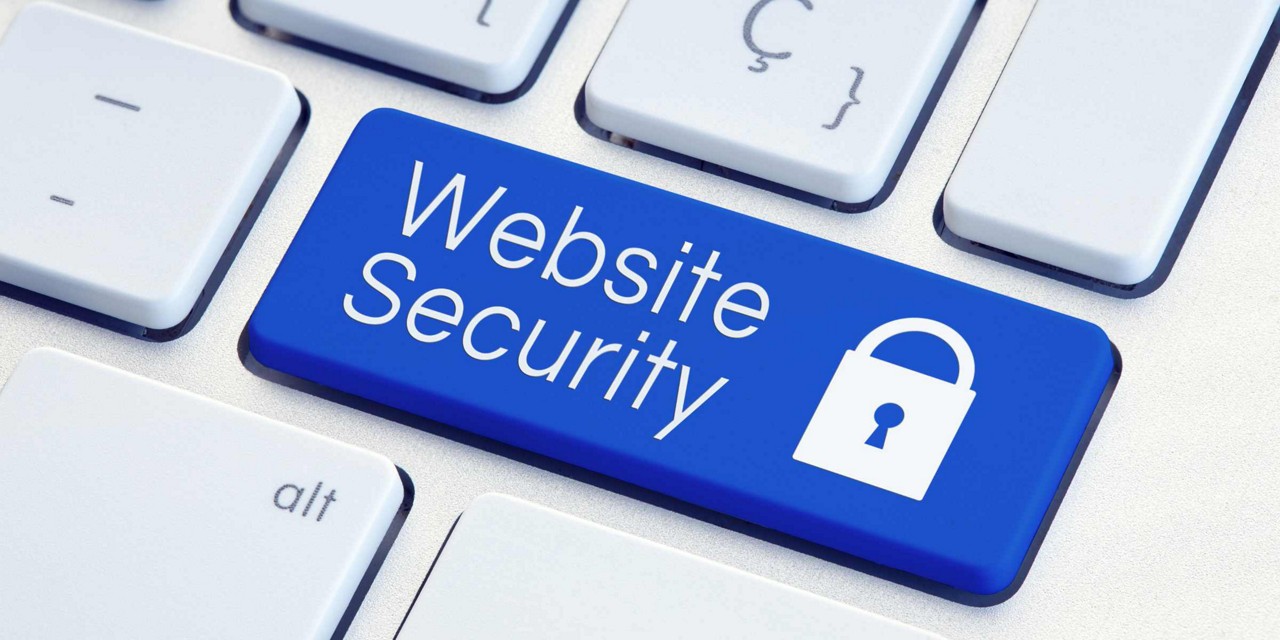In an era where digital presence is vital for businesses, securing your website from cyber attacks is more crucial than ever. Cyber threats are constantly evolving, and vulnerabilities can lead to data breaches, financial losses, and damage to your reputation. Fortunately, there are numerous strategies you can implement to enhance your website’s security. This blog will outline key practices to help you safeguard your website from potential cyber attacks.

1. Keep Software and Plugins Updated
Outdated software and plugins are among the most common entry points for cyber attackers. Cybercriminals often exploit known vulnerabilities in outdated systems. To mitigate this risk:
- Regularly Update Your CMS: Ensure your content management system (CMS), such as WordPress, Joomla, or Drupal, is up-to-date. Updates often include security patches that fix vulnerabilities.
- Update Plugins and Themes: Regularly check for updates to plugins and themes, as these can also introduce security risks if not maintained.
- Remove Unused Plugins: Deactivate and uninstall any plugins or themes that you are not actively using to reduce potential vulnerabilities.
Key Takeaway: Regularly updating software, plugins, and themes is essential for closing security gaps and preventing cyber attacks.
2. Use HTTPS Encryption
HTTP Secure (HTTPS) is a protocol that encrypts data transferred between users and your website, making it significantly harder for attackers to intercept sensitive information. Here’s why HTTPS is important:
- Protects Data: HTTPS encrypts data such as login credentials, payment information, and personal details, reducing the risk of interception.
- Builds Trust: Users are more likely to trust and engage with websites that display HTTPS in the URL, enhancing your brand’s credibility.
To implement HTTPS, obtain an SSL (Secure Socket Layer) certificate for your website and ensure that it is properly configured.
Key Takeaway: Switching to HTTPS encryption is a fundamental step in securing your website and protecting user data.
3. Implement Strong Password Policies
Weak passwords are a common vulnerability that cyber attackers exploit. To enhance password security:
- Encourage Strong Passwords: Require users to create complex passwords that include a mix of uppercase letters, lowercase letters, numbers, and special characters.
- Implement Two-Factor Authentication (2FA): 2FA adds an extra layer of security by requiring users to provide two forms of verification before accessing their accounts.
- Regularly Change Passwords: Encourage regular password changes and discourage the reuse of passwords across different accounts.
Key Takeaway: Implementing strong password policies and using two-factor authentication can significantly reduce the risk of unauthorized access.
4. Regularly Back Up Your Website
Regular backups are essential for disaster recovery in the event of a cyber attack or data loss. Here’s how to effectively manage backups:
- Automate Backups: Use automated backup tools to ensure that your website is backed up regularly without manual intervention.
- Store Backups Off-Site: Keep backups in secure off-site locations or use cloud storage solutions to protect them from local threats.
- Test Restoration Processes: Periodically test your backup restoration process to ensure that you can quickly recover your website in case of an incident.
Key Takeaway: Regularly backing up your website ensures that you can recover quickly from cyber attacks or data loss.
5. Implement a Web Application Firewall (WAF)
A Web Application Firewall (WAF) is a security solution that monitors and filters incoming traffic to your website. It protects against various cyber threats, such as DDoS attacks, SQL injection, and cross-site scripting. Consider the following benefits:
- Real-Time Threat Detection: WAFs can detect and block malicious traffic in real-time, protecting your website from known and emerging threats.
- Customizable Rules: Many WAF solutions allow you to create custom security rules tailored to your specific website and business needs.
Key Takeaway: Using a Web Application Firewall adds an essential layer of protection against various cyber threats.
6. Monitor Your Website for Vulnerabilities
Regularly monitoring your website for vulnerabilities is crucial for maintaining security. Implement the following practices:
- Conduct Security Audits: Perform regular security audits to identify potential vulnerabilities and weaknesses in your website’s infrastructure.
- Use Vulnerability Scanners: Tools like Qualys, Nessus, and Sucuri can help identify security issues and provide recommendations for remediation.
- Stay Informed: Keep up with the latest security news and trends to understand potential threats and best practices for protection.
Key Takeaway: Regular monitoring and auditing of your website help identify vulnerabilities and keep your security measures up to date.
7. Educate Your Team on Cybersecurity Best Practices
Your team plays a vital role in your website’s security. Educating your staff about cybersecurity best practices can significantly reduce risks. Consider the following:
- Conduct Training Sessions: Organize regular training sessions to educate employees about cybersecurity threats and safe practices, such as recognizing phishing emails.
- Establish Security Policies: Develop and communicate clear security policies that outline best practices for handling sensitive data and accessing company resources.
- Encourage a Security-First Culture: Foster a culture of security within your organization, encouraging employees to report suspicious activities and prioritize cybersecurity.
Key Takeaway: Educating your team about cybersecurity best practices creates a security-conscious culture that helps protect your website.
8. Regularly Review User Permissions
Managing user permissions is critical to preventing unauthorized access to your website. To secure user accounts:
- Limit Access: Provide access only to those who need it. Use the principle of least privilege (PoLP) to minimize access rights for users.
- Review Permissions Regularly: Conduct periodic reviews of user permissions to ensure that access levels remain appropriate as roles change.
- Disable Inactive Accounts: Regularly deactivate accounts of users who no longer need access to prevent potential misuse.
Key Takeaway: Regularly reviewing user permissions ensures that only authorized personnel have access to your website’s critical areas.
Conclusion
Securing your website from cyber attacks is a continuous process that requires vigilance and proactive measures. By implementing these best practices—keeping software updated, using HTTPS, enforcing strong password policies, backing up your website, using a WAF, monitoring for vulnerabilities, educating your team, and reviewing user permissions—you can significantly reduce the risk of cyber threats.


No responses yet